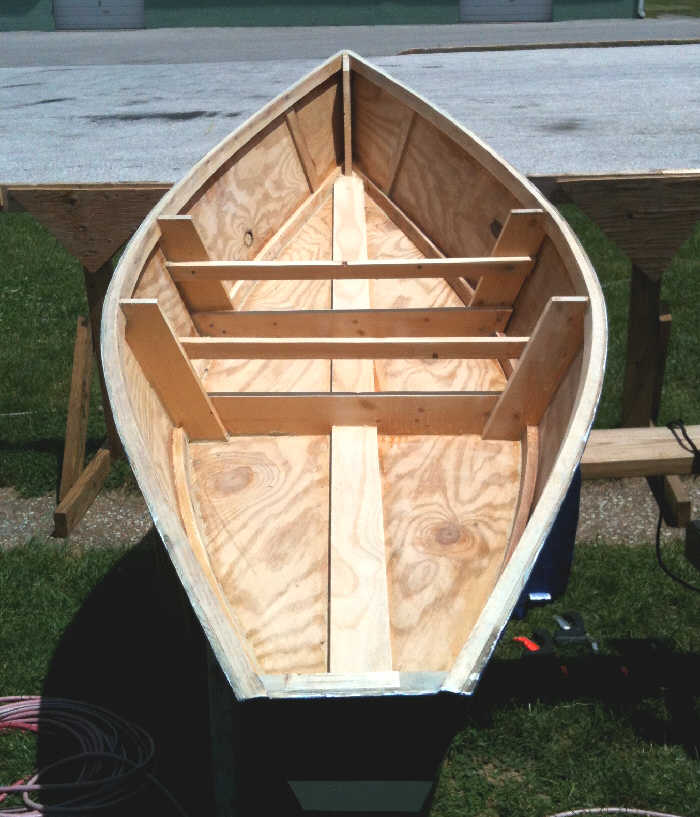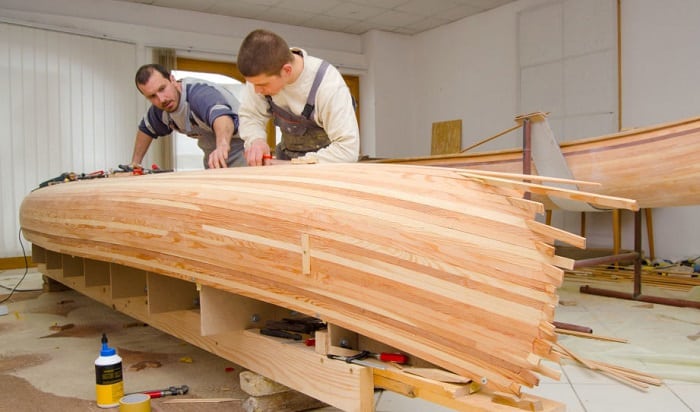
Beyond the Plans: Unconventional Insights from "How to Build a Small Boat"
“How to Build a Small Boat: The Complete Step-by-Step Guide†(let's assume this is the book's title, and adapt if needed to a real book) promises a journey into boat building. But how much does it delve beyond the technical blueprints? This review explores the often-overlooked aspects, addressing questions rarely posed, and highlighting innovative approaches for hobbyists, professionals, and educators alike.
Beyond the Wood: Material Innovation and Sustainability
Q: Can I build a boat using recycled materials, and how does that impact the book's guidance?
A: Absolutely! While the book likely focuses on traditional wood construction, it provides a foundational understanding of boatbuilding principles applicable to a range of materials. Think beyond lumber: Consider recycled plastics (using techniques like HDPE sheet extrusion â€" research by organizations like PlasticsEurope provides insight into its feasibility), repurposed fiberglass (requiring careful assessment of structural integrity), or even sustainable bamboo. The book's emphasis on careful measurement, joinery, and structural integrity becomes even more critical when working with unconventional materials. The challenge lies in adapting the book’s guidance to account for the unique properties of your chosen material. For example, the epoxy resin techniques described might need adjusting for different material bonding needs.
Q: How can I minimize the environmental impact of my small boat project?
A: Sustainability is key. Choosing sustainably sourced wood (look for FSC certification) is a straightforward start. Beyond that, explore low-VOC (volatile organic compound) finishes to reduce air pollution during and after construction. Consider using water-based glues and paints wherever possible. Researching and implementing responsible waste management throughout the project â€" recycling scraps, proper disposal of hazardous materials â€" is crucial. This adds a layer of complexity not explicitly addressed in most boat-building guides, but essential for environmentally conscious builders.
The Human Element: Skill Development and Community
Q: How can I learn beyond the book’s instructions and improve my skills?
A: The book acts as a stepping stone. Supplement your learning with online courses (Udemy, Coursera offer relevant options), workshops (local community colleges often host them), and mentorship. Find experienced boat builders in your area; a few hours of hands-on guidance is invaluable. Active participation in online forums dedicated to boat building can address specific questions, offer troubleshooting help and expose you to diverse techniques.
Q: Can I integrate my boat-building project into educational settings?
A: Absolutely! This project fosters interdisciplinary learning: woodworking, mathematics (for calculations), physics (for buoyancy and hydrodynamics), environmental science (sustainable materials), and even history (exploring traditional boatbuilding techniques). Educational institutions can use the book as a framework for hands-on projects, encouraging collaboration and problem-solving. Consider incorporating design challenges â€" for instance, building a boat using limited resources, or designing for specific environmental conditions. This provides students a valuable real-world application of theoretical knowledge.
Beyond the Build: Launching and Beyond
Q: The book focuses on construction; what about maintenance and responsible boating?
A: Post-construction care is crucial. Regular maintenance (depending on the materials and environment) is vital for longevity. This extends beyond simple repairs; it includes understanding potential safety concerns and the responsible use of the boat. The book might not address this extensively, but responsible boaters should research safe boating practices, understand navigation rules, and know basic maintenance to ensure both the longevity of the boat and personal safety.
In conclusion, while "How to Build a Small Boat" provides a solid foundation, its real value lies in inspiring creativity and critical thinking. By addressing sustainability, skill development, and responsible boating, we can move beyond the instructions and create something truly unique and meaningful.






